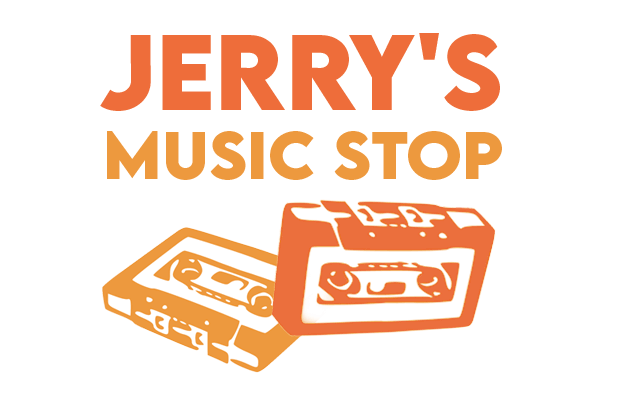New age music evolved out of the consciousness of shared composers who came to the conclusion that music should be based on harmony rather than dissonance. This musical genre emphasizes relaxation, peace, and tranquility. It is composed mainly of instrumental music and wordless vocals. Instruments used in this music genre are acoustic instruments, natural sounds, and electric synthesizers.
New age music consists of the rhythms of pop and melodic hooks. However, this does not make it a subset of classical music. Classical music consists of harmonic progressions with a wide array of dynamics. New age music tends to be steadier in harmony and tempo.
The term “new age” does not have a single definition. It has different interpretations, and oftentimes people use it interchangeably with ambient music. These terms are not the same.
What’s the difference between new age and ambient music?
Ambient music: As a music genre itself, ambient music often consists of instrumentals, synthesizers, and live musicians when performing. This music genre is linked to the avant-garde in London and New York—where innovators like Harold Budd, Brian EZno, and Gavin Bryars pushed boundaries beyond instrumental music.
The term new age music refers to music that combines traditions and folds music, particularly American, English, and Celtic culture. Combined in a soothing and gentle atmosphere, it is sometimes referred to as “healing music”. Notable new age artists are Vangalis, George Winston, Yannis, and Enya. With its sweet and gentle nature, new age music can serve functional purposes. From spiritual, meditation, and healing, it’s known to suit any calm atmosphere. The new generation of new age music artists are Stephen Halpern, Deuter, Paul Winter, and Paul Horn.
History of new age music.
New Age music began in the late 1960s and early 1970s and has built devoted followers over the years.
The birth of the new age: New age music enthusiasts cite Tony Scott’s “Music for Zen Meditation” was released in 1964 as the first new age album. In the early 1970s, the music of Jean-Michel and electronic music also influenced the new age music scene today.
New Age music is also linked to the new age spiritual movement of the 1970s. Devoted followers of the new age philosophy believe in the peaceful co-existence of Earth. Early new age artists tried to capture this culture and belief via soothing, calm, and atmospheric music. To achieve these sounds, they used acoustic instruments and natural sounds.
Crossover with other genres: In the mid-1970s, new age music slowly began to distinguish itself from other genres. Although it often overlaps with other genres, for example, Mike Oldfield’s album Tubular Bells (1973) is often termed new age. Others classified it as progressive rock. Other artists began combining new age music sounds with neo-classical music and Christmas jingles.
